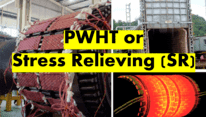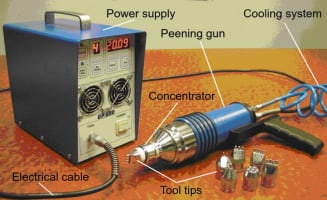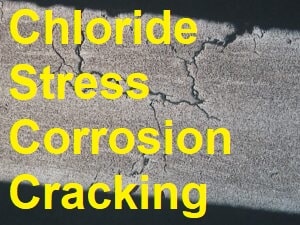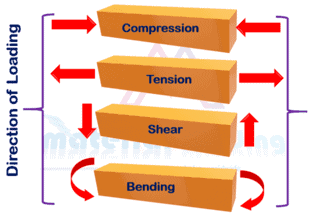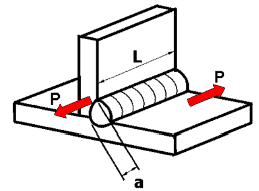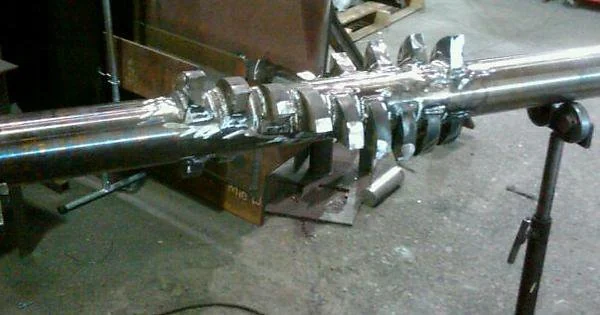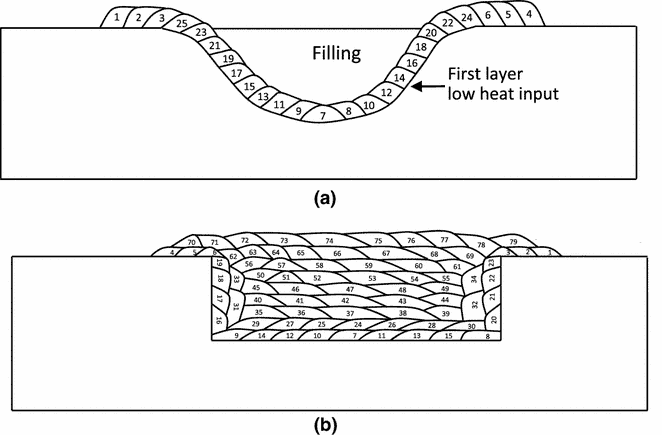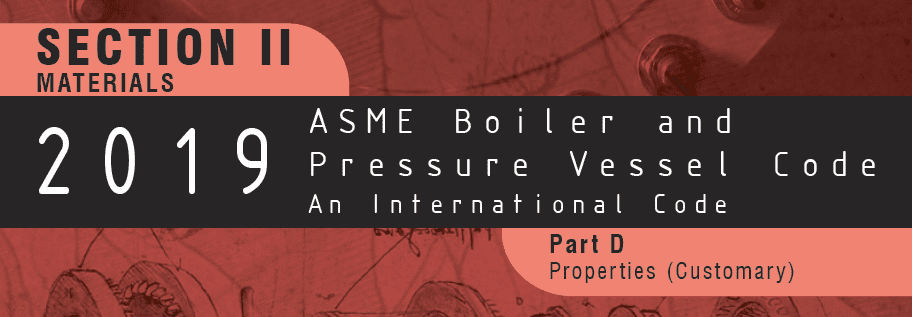What is Vibratory Stress Relief or VSR?
Vibratory stress relieving (also called VSR) is a resonance-based technique of residual stress relieving and stabilizing the metals.
This is a non-thermal method (means there is no heat applied on the job), therefore there is no distortion or change of tensile strength. Energy is introduced to the component, to be stress relieved, by means of low frequency (10 to 220 cycles/ second), and high amplitude vibrations, and can be successfully applied to parts weighing from kg to equipment weighing up to 150 tons.
For welded parts fabrications, VSR can be carried out during welding. This is beneficial to prevent residual stress build-up (these are the stresses that cause welding cracking and/ or distortion).
VSR method is claimed to ensure extreme accuracy and stability without affecting the rigidity of or material properties of a component.
In general, where components have been excited at one or more resonant frequencies, the results have been a stress reduction of 30 to 80%.
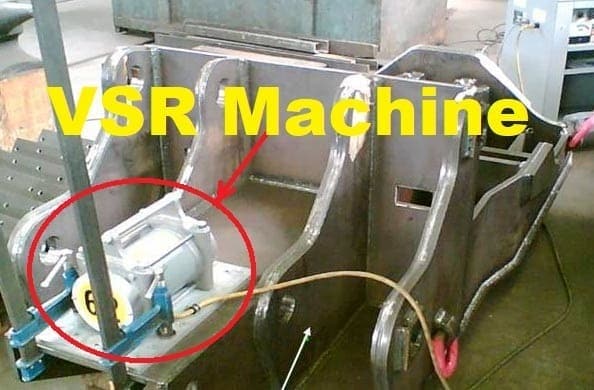
Where resonance has not been attained results have been poor. Strain measurements show that non-resonant vibration works only when high tensile stresses predominate whereas resonant treatment works equally well on high tensile or compressive stresses or on both.
When resonance is used, stability more than matches that of thermal stress relief (TSR).
The success of VSR is attributed to cyclic versions of stress overload or the beneficial effects of vibration on the distorted crystal lattice of the welded material.
Vibratory Stress Relief (VSR) Equipment
The VSR machines drive high-performance rotating mass vibrators. The equipment is portable and can be divided into a.c. and d.c. motor types.
At low frequencies either can be used but with d.c. types of frequencies are limited to 100 Hz which is why most of the equipment used is of a.c. type with a frequency range of 10-220 Hz producing a top force of about 17 KN.
Drive units weigh as little as 20 kg and vibrator 24 kg. For quality control purposes, chart recorders are available which can provide a permanent of record of the treatment.
Vibratory Stress Relief (VSR) Procedure
The VSR treatment can be given during welding where it can lower the residual stresses, reduce distortion, refine weld material, improve dilution, reduce cracking, and increase the deposition rate.
It can as well be applied just prior to finish machining if employed. The component to be stress relieved is supported on rubber isolators and the vibrator is attached at the edge of the component.
A sensor mounted on the component will identify the resonant conditions as the frequency range is scanned.
A resonant peak occurs when the induced frequency of the vibrator coincides with the natural frequency of the structure and this can be seen, felt and displayed on meters and recorders.
The optimum position for the supports is beneath the node lines i.e. still areas shown during the scan.
Peaks are approached slowly, with a pause at the foot to allow any critically high stresses to diminish, prior to treating at the actual peak for the number of minutes, specified for the component type, size and material. As many of the natural frequencies as possible are sought and sometimes the vibrator is repositioned to alter the resonant mode shape.
The greater the frequency range, the better is the treatment as more loading patterns (modes) are established and different areas are affected. More loading patterns means that fewer cycles per mode are needed (often as low as 1000 cycles). The higher the frequency, the more complex is the loading pattern and the more uniform the treatment as panels and limbs are resonated. Service loading patterns may also be simulated.
The rubber isolators, placed at or near the mode lines, allow freedom of vibration which is vital for optimum treatment. Rigid clamps are used to make the vibrator and component to behave as one unit.
Straightening of the welded component, if required, should be carried out before giving the VSR treatment, but it should be borne in mind that the process does not normalize or anneal the components. Components are not damaged by resonance because the small movement at the foot of the resonant peak starts to reduce and redistribute critically high stresses.
VSR Treatment Chart
Charts of conformity are produced which simplify control. These charts are in the form of certificates detailing the treatment or chart recordings detailing the resonant response-and duration of treatment.
Read more:
